Table of this Contents
ToggleNakshi Kantha.
In now days, nakshi kantha is a popular hand work for Rural women. Need extra some and hard skills. Many women survive by selling it. Lot of demand on marketplace. Let’s know.
What is Nakshi Kantha?
Nakshi Kantha is a special type of Kantha made with various designs on ordinary. Part of the culture of West Bengal of India, Bangladesh. Nakshi Kantha is a part of the culture, which is hundreds of years old.
The etymology of Nakshi Kantha.
Nakshi Kantha is a traditional staple of our culture. It’s a kind of quilt with embroidery. The name ‘Nakshi Kantha’ was taken from the term ‘naksha’ in the Bengali language, which translates to ‘artistic pattern’. The exact origin of the word Kantha is not well known, but it probably had a counterpart in the word ‘khet’ which in the Bengali language means ‘field’.
History of Nakshi Kantha.
Nakshi Kantha is a special type of Kantha made with different designs on ordinary Kantha. Nakshi Kantha is a part of the culture of West Bengal and Bangladesh of India which is hundreds of years old. Nakshi Kantha is a part of the folk art of India and Bangladesh. Usually, the fabric is sewn by picking up the yarn from the edge of the old cloth or by buying yarn like blue, red, yellow, etc. from the weavers.
The yarn is untied by sticking the edge of the cloth with the toes on the floor of the house. This yarn is left for later use. After sewing ordinary Kantha, various designs are made on it by mixing the sweetness of the mind, which includes flowers, vines, leaves, etc. Nakshi Kantha is made all over Bangladesh, but Mymensingh, Rajshahi, Faridpur, and Jessore are famous for nakshi Kantha. In 2008, the Indian state of West Bengal got the geographical recognition of Nakshi Kantha.
Tradition of nakshi kantha.
The word Nakshi Kantha is closely associated with the tradition of rural Bengal. The people of this country have been using Nakshi Kantha since time immemorial. And the nakshi Kantha is the comparatively thin Kantha filled with aesthetic form and variety in skillful hands with the help of needles and threads with the colors mixed with the sweetness of the mind by the brides and girls of rural Bengal.
Although it is considered a work of art for rural women, our socio-economic history and tradition is intertwined with Nakshi Kantha art. The life stories of kings and queens, wars, myths, love of men and women, and many other things are mixed in every weaving of this art.
Nakshi Kantha is a part of the folk art of India and Bangladesh. Usually, the fabric is sewn by picking up the yarn from the edge of the old cloth or by buying yarn like blue, red, yellow, etc. from the weavers. The yarn is untied by sticking the edge of the cloth with the toes on the floor of the house. This yarn is left for later use.
Influence of the Rainy Season on making Nakshi Kantha.
The rainy season lasts for a long time in Bengal. In the rainy season, the work outside the house decreases for women, they find little leisure. It is a traditional practice of Bengali women to sew Kantha with needle and thread in their leisure time. With the rapid change in rural society, such socialization is also changing.
But still, in the story, the rural women go from noon to evening to work on the Nakshi Kantha. Pictures of trees, birds, or herbs emerge on the ground of Kantha with incomparable skill. Sometimes the story of sorrow and happiness has come up in the Kantha, sometimes the story of the book heard in the dim light of the lantern has been told by the woman with the needle.
Nakshi Kantha in the Literature.
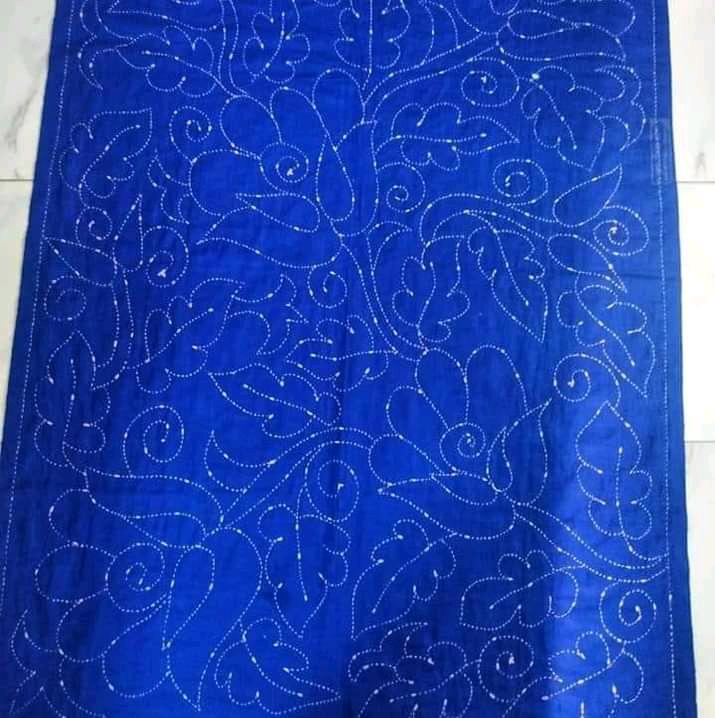
Nakshi Kantha has become immortal in Bengali proverbs, stories, songs or poems. Just as there are proverbs like ‘dreaming of lakhs of rupees lying on a torn kantha’, there is also the narrative poem of village poet Jasim Uddin ‘Nakshi Kanthar math’. It is with this narrative that the story of love and pain can come to the face in Bengali literature. This poem is an immortal tale of love between lover Rupai and lover Saju.
Nakshi Kantha is a wonderful expression of the artistic mind of the women of the village. They make needles and threads on various kinds of cloth, flowers, herbs, elephants, horses, birds, trees, plows, boats, moon-stars, etc. Nakshi Kantha is also known by different names in different regions according to the folds, piers, and designs. Their names also differed according to usage. For example, lint Kantha for winter, bayatan for a pillow, Kantha for sitting, dastarkhan used for food, jainamaz kantha for prayers, etc. Not at all, Commercial production of Nakshi Kantha has started anew due to its fancy, tradition and foreign demand.
There is no family in Bangladesh where kantha is not used. Nakshi Kantha contains our art culture, society-civilization, other beauties of nature, glory, and ancient traditions. Many compositions including songs and poems have been written about it. Jasimuddin’s impeccable creation ‘Nakshi Kanthar math’ is a shining example of this.
Preparation of Nakshi Kantha and Materials.
Usually, old sari, needles, various kinds of colored yarn, rugs, wooden blocks, and yarn cutting machines are used for sewing Kantha.
A full Kantha is made by following the steps below.
1. Kantha is made mainly by sewing old cloth yarn by arranging the old cloth in layers. Because if you work on new yarn on old cloth, the land of old cloth is more likely to be cut.
2. The women take the yarn from their old sari and separate it from the original cloth and make yarn of different colors. Method of lifting the yarn from the shore – Pressing the two fingers of one foot on one side of the shore, pulling the yarn from the side of the shore, pulling the yarn around the four fingers of the right hand, wrapping it round like a ring and arranging it neatly on a bamboo or wooden shed.
3. First, by fixing the specified side and the length, the border around the Kantha land is stretched with a thread along the lower plank, and the alpana border is beautifully made with the vines, leaves, and flowers around it.
4. The artist then divides the interior land into several parts, drawing pictures of herbs, flowers, moon-stars, elephants, horses, birds, butterflies, and various animals. Then the women mix the sweetness of the mind with the colored yarn on that simple Kantha and make different designs. However, in the case of ordinary Kantha, the design is not done.
5. Basically, something (pen, colored pencil) is drawn before designing. Then the needle thread is sewn along with the drawing. In Kantha, usually, the middle part is designed first and the surroundings are gradually designed. Earlier, wooden blocks were used to draw some Kantha designs, now tracing paper is used.
Then, due to the skill of punching on this design, various designs, colorful waves, and weaving styles are revealed in the Kantha. In order to adapt to the design or for the new design, the Kantha hole is made smaller or larger, i.e. the length of the hole is varied. Two types of sewing are specially used in nakshi Kantha, namely ‘Patti or chatai form’ and ‘kaitya form’. Kantha is fully illustrated through this hole.
Traditionally old sarees, lungis, and dhotis were used to make kanthas. Kantha making was not a full-time job. Women in almost every household were experts in the art. Rural women worked in their leisure time or during the lazy days of the rainy season, so taking months or even years to finish a Kantha was normal. At least five to sixty-nine sarees were needed to make a standard-size Kantha. Today the old materials are replaced by new cotton cloths. Traditionally the thread was collected from old sarees. That is rarely done today.
Types of nakshi Kantha designs.
There is no specific design for nakshi Kantha sewing. He sews whatever comes to his mind. It can be said that this is the diary of the mind.
Kantha according to the type of sewing.
Coloman sewing Kantha:
Coloman sewing Kantha is the main native Kantha. It can be further divided into nakshi and fringe.
Lahari Kantha:
The name Lahari Kantha originates from the Persian word lahari. Lahar means wave. This Kantha is usually famous in Rajshahi.
Anarosi Kantha:
Anarosi Kantha is available in Chapainawabganj and Jessore.
Curved sewing Kantha:
This Kantha was first made during the British period. Usually, this Kantha is made by curved sewing.
Shujani Kantha:
It is found only in the Rajshahi area. These kanthas usually have wavy flower and herb designs.
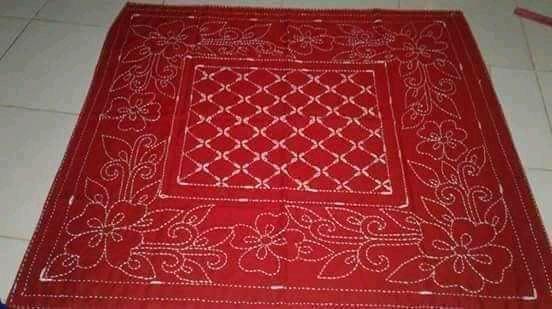
Nakshi Kantha; a traditional source of income for Bengali rural women.
From ancient times, the application of the artistic pattern in the art of needlework and hand embroidery has been practiced by Bangladeshi poor women among the part of rural areas for their family use. They produce the art of recycling worn-out materials such as sarees, lungis, and dhotis are stitched to form embroidery quilts for their necessary purpose in a particular use. Also known as ‘Nakshi Kantha.’
Though the concept exists in almost all parts of the world, the form of quilting that prevails in Bengal is unique and not only serves as a functional article but also represents the cultural identity and folk art.
The art of reflection on life, aspirations, and culture of the village women shows their significant visibility of artistic patterns in needlework such as ‘Nakshi Kantha’. It is essentially a type of folk art where colorful patterns and designs are embroidered into a quilt with a running stitch called ‘Kantha Stitch’. Now this ‘Kantha Stitch’ generates various activities in different art on Fashion wear.
The uses of Nakshi Kantha have a long range to cover the uses in various activities. Kanthas are most used as wraps and bedding, ranging from heavy winter quilts to light summer covers. Babies are often swaddled in kanthas, the soft cotton fabric of sarees being perfect for their delicate skin. Kanthas are mostly used as a floor covering (Dastarkhan) for dining; a prayer rug (Jai namaz); a quilt for sitting (asan); or a decorative wrap for clothes and valuables.
The cost of making ‘Nakshi Kantha’ is minimal, but the value and time-consuming embroidery work make it luxurious and valuable. A medium-sized quilt takes 2-3 months to complete and is valued at around 1000 to 5000 taka. The profit margin is sufficient due to the availability of old clothes.
The traditional craft of rural heritage has given many significant changes to empower rural women. They hold on to their artistic needlecrafts work to their passion to observe the rules of their family which they have learned. This way by their visibility of patience in work, they have achieved livelihood entrepreneurship in their way of circumstances to build up their professionalism. Once destined for family use, Nakshi Kantha is now the center of a flourishing cottage industry, once that has transformed many a housewife into an entrepreneur.
Many fashion houses in our country have experimented extensively with the Nakshi Kantha such as Arong, Bengal gallery, Kumudini, Mayasir, etc. They have come forward to sponsor different exhibitions to show the significant traditional heritage of artificial needle motifs work displayed by Nakshi Kantha.
Present status of Nakshi Kantha.
The trend of ancient nakshi Kantha still exists today but in a slightly different way. Nakshi Kantha is being made on a commercial basis beyond the boundaries of personal hobbies. Old fabrics and yarns are being replaced by red-white-black and colored fabrics and foreign silky yarns. Design table mats have taken the place of Dastarkhan in this varied change and expansion. Sujani Kantha has been replaced with a designed bed cover.
Due to various adversities, the industry did not expand much. At present, the traders involved in this industry are facing financial crises and are facing obstacles to business expansion. National Bank has come forward under the auspices of Nakshi Kantha traders keeping in mind the capital crisis. SME lending activities have been introduced among traders. With the help of loans from other financial institutions, the small entrepreneurs here will be able to market these needle products directly in big cities including Dhaka.
Nakshi Kantha is also in great demand outside the country. Can also be exported abroad. After the country’s garment industry, this time Nakshi Kantha of Jamalpur will be able to play a special role in creating vitality in the country’s economy. Creating its own market for these products would have given poor women workers a fair price for their labor and would have changed the image of the rural economy in this poor district.
Kantha from the religious point of view.
Nakshi Kantha’s designs are deeply influenced by religious beliefs and culture. Although no specific rules are followed, it is assumed that each well-sewn nakshi Kantha will have a center. The center of most kanthas is the lotus flower and around the lotus flower, there are various curved vine designs.
Sometimes the border is made with the edge of the sari. The design may include flowers, leaves, birds, fish, animals, cooking furniture, and even toiletries. Although some of the basic designs of most kanthas are similar, the two kanthas are not identical. Usually, the same design is used repeatedly in Kantha.
Notable designs are on Nakshi Kantha.
Lotus Design:
Lotus design is most common in nakshi kanthas. The lotus flower is associated with Hindu deities, which is why it is so popular. The lotus flower is the heavenly seat. It also refers to cosmic union and the need for women. The lotus is also embodied as the eternal order and the unity of heaven, earth, and water. It represents the life-giving power of water and also compares the open and closed state of petals with the sun. It is a symbol of holiness. It is a symbol of Lakshmi, the goddess of wealth. There are different types of lotus designs from eight groups to hundreds of groups. A boiling lotus could be seen in the middle of almost every old Kantha.
Sun design:
This design is close to the lotus design. Sometimes these two designs are seen together in the center of the Kantha. It expresses the life-giving power of the sun. Surya is important to Hindus in both religious and marriage rituals.
Without these designs, there are also many other designs for nakshi Kantha.
Field survey:
West Bengal and Bangladesh. From a geographical point of view, the Kantha industry spread throughout undivided Bengal. In the real sense, Kantha art is the art of Banganari.
The spread of the Kantha industry in undivided Bengal before independence has been affected in many ways since the partition of Bengal after independence. Kantha industry spread in East Bengal i.e. Rajshahi, Khulna, Dhaka, Jessore, Putla, Nawabganj, Rangpur, Dinajpur, Barisal, Madhupur, etc. areas of Bangladesh.
On the other hand, the spread of the Kantha industry can be seen in the Bolpur region of Birbhum in West Bengal, Purulia, Krishnanagar region of Nadia, and Senpala region of Basirhat, Barasat, Kadambagachhi, etc.
Duration of sewing for nakshi kantha.
It takes 3-4 days to sew a simple Kantha (without design). It takes less than 1 day for children to sew small Kantha. It takes seven to fifteen days to make a medium-sized Kantha. In the case of large kanthas and intricate designs, it takes a month and a half and sometimes a year to sew according to the imagery, design, and length of the Kantha.
Facilitating women empowerment.
Making and selling nakshi Kanthas have made a tremendous contribution to women’s empowerment and employment, especially in rural Bangladesh, industry insiders told The Business Post, adding that they make these beautiful quilts in their homes during spare time.
The sector has also enabled a significant number of divorced and physically challenged women to become self-reliant and contribute financially to their families.
It was made for their family use in the beginning, but now the scenery is totally different since it is now not only created for family use, but also for commercial purposes. Since it is primarily made by women, nakshi Kantha is also a way for rural women to make money and become empowered while supporting their families.
Traditionally, the women gather around together and talk to each other to pass the time while they work on the beautiful motifs. They most often depict their daily lives in the stitches including the joys and sorrows of it. Domestic animals and plants are also popularly depicted in colorful designs.
The women of the countryside make Kantha by sewing thin fabrics, mainly old fabrics, arranged in layers. Kantha is an excellent example of frugality. Old sari, lungi, dhoti, etc. are used for making Kantha. Kantha thickness is more or less as required.
Kantha is made by arranging three to seven sari in layers according to the thickness and sewing the layers together. The layers of the sari are sewn together in the form of wave stitches in plain or kanthaphore.
The old clothes of different colors are layered so the kanthas are colorful to look at. The Kantha is usually sewn with yarn from the colored fringe of the sari and the Kantha is designed to imitate the fringe of the sari. However, in some areas (mainly in the Rajshahi-Chapainawabganj area) Kantha designs are also made with cloth yarn.
Ordinary Kantha is sewn on a few layers of cloth, but due to the skill of giving this Kantha, it reveals various designs, colorful waves, and weaving styles. In order to adapt to the design or for the new design, the Kantha hole is made smaller or larger, the length of the hole is varied.
Designs of nakshi kantha.
Nakshi Kantha’s designs are deeply influenced by religious beliefs and culture. Although no specific rules are followed, it is assumed that each well-sewn nakshi Kantha will have a center. The center of most kanthas is the lotus flower and around the lotus flower, there are various curved vine designs. Sometimes the border is made with the edge of the sari. The design may include flowers, leaves, birds, fish, animals, cooking furniture, and even toiletries. Although some of the basic designs of most kanthas are similar, the two kanthas are not identical. Usually, the same design is used repeatedly in Kantha.
We can say without a doubt that “Nakshi Kantha” is a sign of Bengali culture and tradition. One cannot imagine Bengali culture without the colorful threads of the gorgeous nakshi Kantha. It embodies the beauty of Bangladesh. Nakshi Kantha is undoubtedly threaded deeply into our daily lives.
Conclusion.
The beauty of Nakshi kantha’s exterior is as varied as the story inside is thousand times more emotional, poignant, dazzling, and significant. It is the lifeblood of Bengali women and beauty is the varied reflection of diverse life. Love and nature are inseparable bridges here. It is necessary to take initiative at the national level so that it is not lost from the heritage of Bengal. A family can become self-sufficient by selling hand-woven nakshi Kantha. The life story of the bride of the village of Bengal in the court of the world.
In fact, when rural girls sit down to weave nakshi Kantha after finishing their household chores, the nakshi Kantha becomes a canvas. And rural girls draw their dreams on that canvas. Throughout the canvas, colorful threads tell the story of their minds, stories of not being found, stories of laughter and tears. One unspeakable story after another is being made with needle thread in the magic of girls’ hands.
Frequently Asked Questions (FAQ) About nakshi kantha.
1. What is nakshi Kantha?
Answer: Nakshi Kantha is a kind of embroidered Kantha.
2. What are used to make nakshi Kantha?
Answer: Old or new clothes, threads, and needles are used to make nakshi Kantha.
3. How did the name ‘Nakshi Kantha’ become popular?
Answer: The term nakshi Kantha, popularly used in Bangladesh, is found even in medieval literature. The name nakshi Kantha became particularly popular among literate people after the publication of Jasim Uddin’s poem Naksi Kanthar Math (1929).
4. Which districts of Bangladesh are most popular for Nakshi Kantha?
Answer: Mymensingh, Jamalpur, Rajshahi, Faridpur, Bogra, and Jessore are most popular for Nakshi Kantha.
5. What are the differences between Kantha and Nakshi Kantha?
Answer: “Naksha” means design or pattern. The name “Kantha” is the needle embroidery practice in the districts of West Bengal and Bangladesh. The Nakshi Kanta is a unique creation in the folk art of the Bengalis. The beautiful needlework is done by rural women on a piece of cloth.
6. Which element of Bangladeshi culture is Nakshi Kantha?
Answer: Nakshi Kantha is a traditional sewing art. It is a part of Bengali culture. By mixing the sweetness of the mind, various types of design, flowers, birds, and herbs are painted on the cloth with red, blue, yellow, and other colors.
7. Which folk art form has influenced the Kantha motifs?
Answer: Nakshikantha, a sort of weaved quilt, is a centuries-old Bengali workmanship custom of the Bengal district, eminent in Bangladesh and Indian conditions of West Bengal, Tripura, and part of Assam. The essential material utilized is string and old cloth.
8. When did the Indian State of West Bengal get the geographical recognition of Nakshi Kantha?
Answer: In 2008, the Indian state of West Bengal got the geographical recognition of Nakshi Kantha.
9. Which districts of Bangladesh are famous for Nakshi Kantha?
Answer: Nakshi Kantha is made all over Bangladesh, but Mymensingh, Rajshahi, Faridpur, and Jessore are famous for nakshi Kantha.



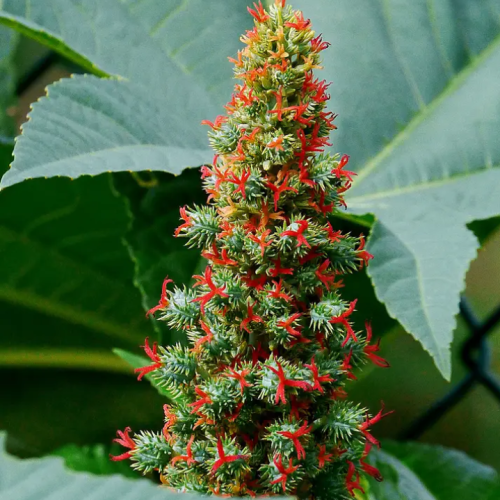
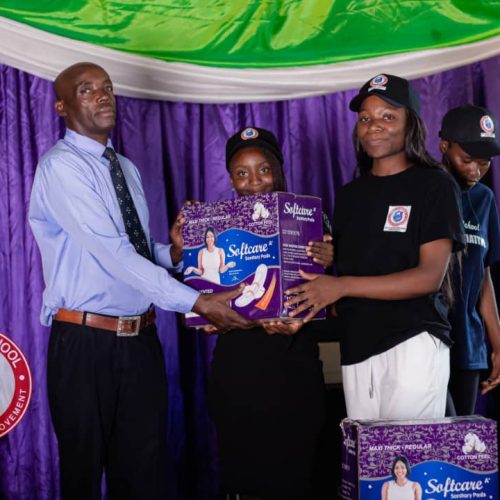

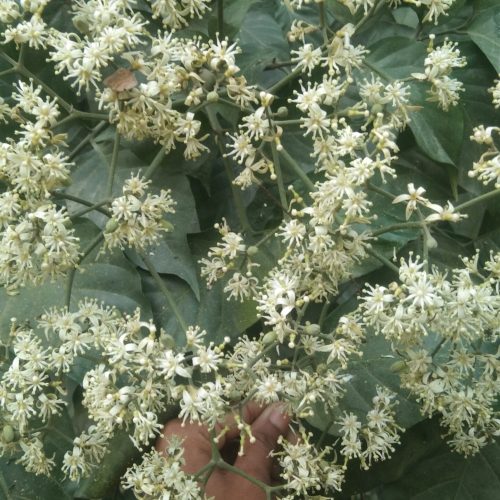
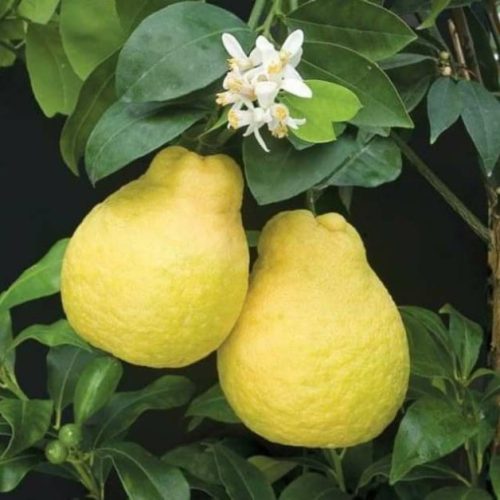
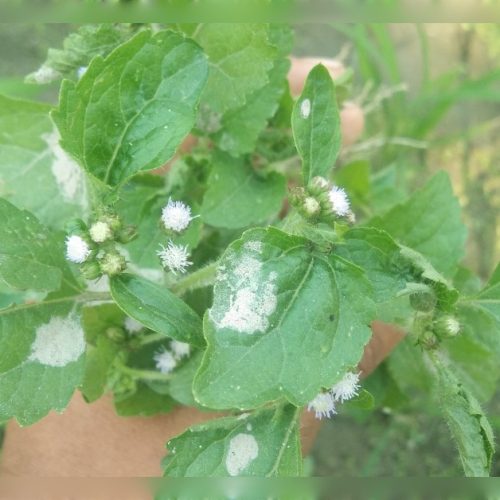
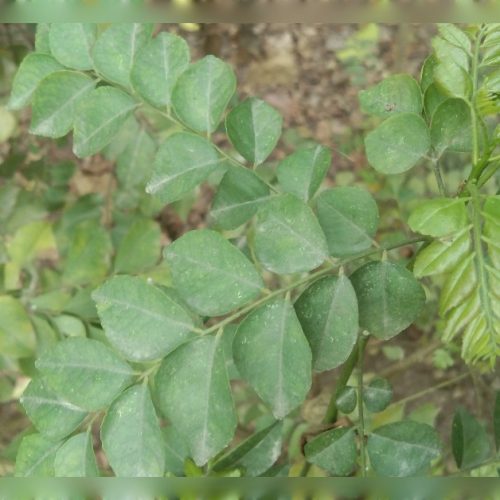
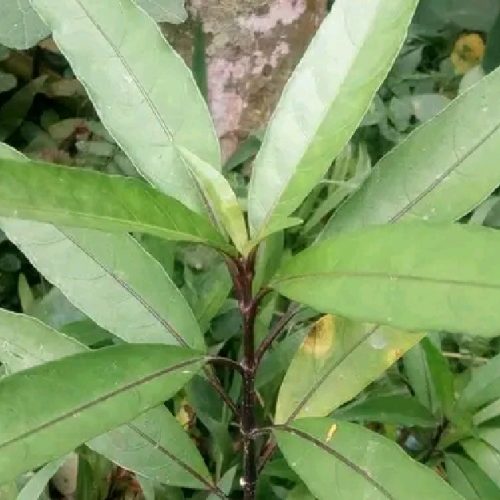

9 Comments
What a data of un-ambiguity and preserveness of valuable
experience about unexpected feelings.
Thank you dear.
[…] Nakshi Kantha. […]
Very energetic post, I enjoyed that a lot. Will there be a part.
hello!,I really like your writing very much!
percentage we keep in touch more approximately your post on AOL?
I need a specialist on this house to resolve
my problem. May be that is you! Having a look
forward to see you.
I visited several web pages but the audio feature for audio songs present at
this site is actually excellent.!
With havin so much content do you ever run into
any issues of plagorism or copyright violation? My website has a
lot of unique content I’ve either authored myself or outsourced but it seems a
lot of it is popping it up all over the web without
my agreement. Do you know any solutions to help prevent content from
being stolen? I’d certainly appreciate it.
Hurrah, that’s what I was seeking for, what a stuff! existing here at this
web site, thanks admin of this website.
Wow, awesome weblog format! How lengthy have you ever been running a blog for?
you made blogging look easy. The entire look of your web site is great,
let alone the content material!